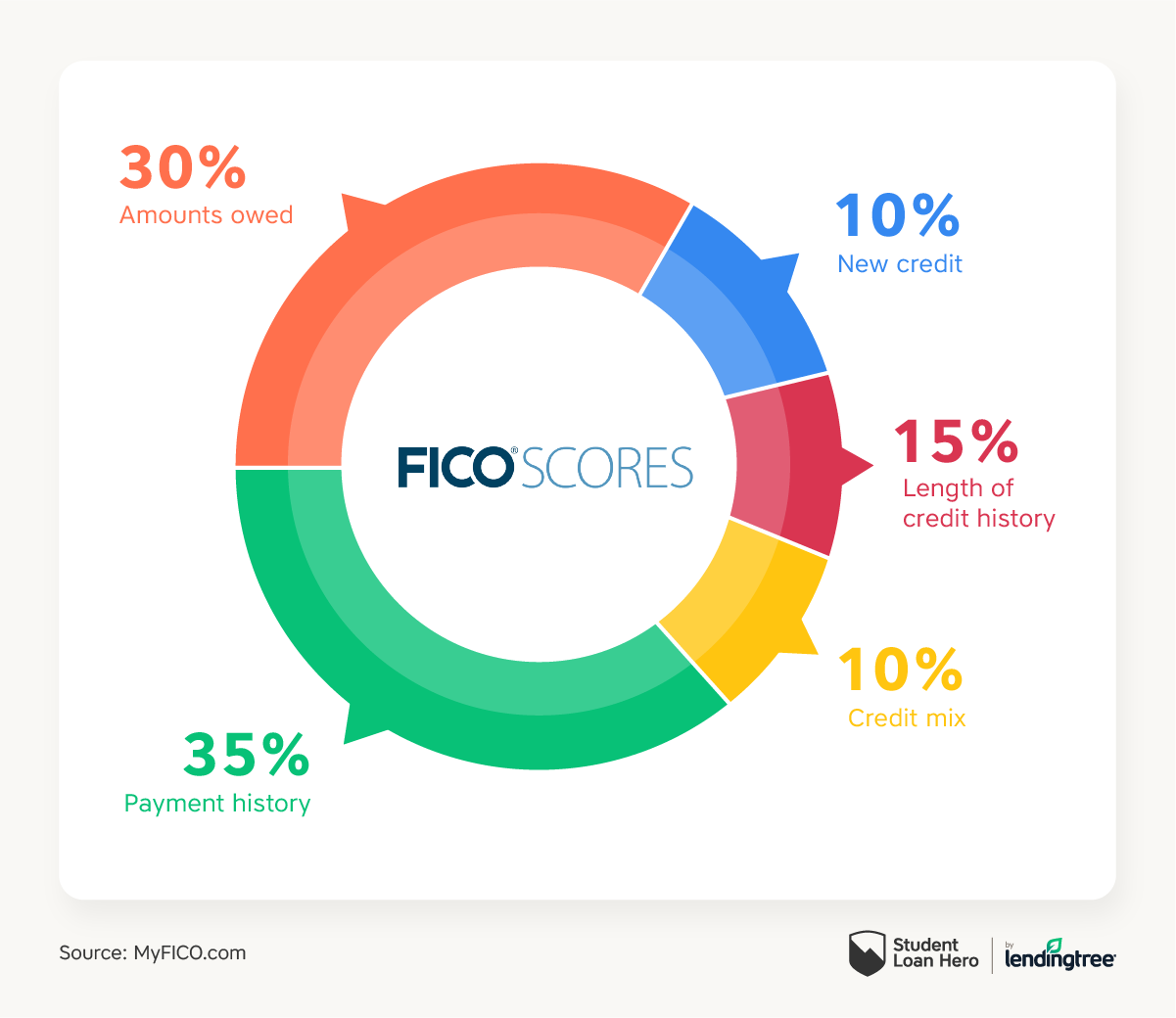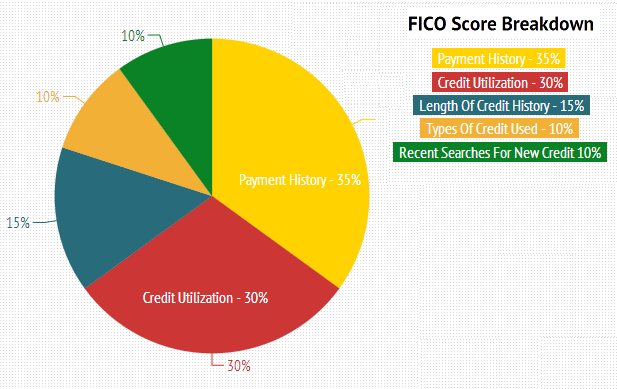
There are some differences in the two models but your credit score is likely to remain high. Bad credit scores will not change. Each of the credit scoring models uses a different method to calculate your score. All of them have the same goal, predicting credit risk. This means that you will see the impact on your score.
New model for credit scoring
By 2020, all three credit agencies will have access the FICO 10 credit scoring system. It is expected it will increase the credit scores and decrease the scores of 110 million additional consumers. It uses trended data to predict the likelihood of default. Consumers with a strong payment history and low balances will generally have a higher FICO score.
FICO 10 uses a multi-dimensional approach for credit scoring. It includes trends data on revolving amounts, minimum payment requirements, amount paid toward dues. These data points allow the FICO 10 model identify consumers who pay their accounts on time. This approach reduces the impact on a single event. This means that paying a single amount for vacation costs will not negatively impact your credit score. However a series late payments or high-interest debt will.

Modifications to models previously used
There have been many changes made to the credit scoring system with the release of FICO 10. New data and algorithms are used to calculate credit scores in the new model. The average score increase for almost 40 million consumers will be 20 points. These changes will reduce the disparities between scores of consumers with different credit histories.
Trended data has been added to the scoring model. This shows the credit card and debt balances for the past 24 months. This information rewards responsible use and penalizes those who are behind in their payments. Also, it penalizes people with multiple debts or a high credit utilization ratio.
Impact on other credit
FICO10 T uses data from more accounts that FICO10 Basic to calculate the new scoring algorithm. This data is more accurate than the basic FICO10 score and helps predict a borrower’s credit risk. A basic FICO score is based on a snapshot of the consumer's credit report. Trend data is particularly useful for the credit utilization segment of the score. Credit scores were based on the payment history for the past seven to ten year. A rising balance can hurt a borrower’s credit score.
The new model takes into account the usage rate of all credit accounts and averages out the peaks and valleys. This means that a 20 point decrease in one account could have an impact on millions of consumers' credit scores. Renters who rent their home are able to use the landlord's credit report to determine if they're eligible for money.

UltraFICO(tm), scoring changes
UltraFICO is a credit scoring system created by Fair Isaac Corporation. The score is particularly useful for those with credit problems or a limited credit history. Scores for those with low credit scores and financial distress are likely to increase by more than 20% under the new scoring system.
The new scoring system relies on more data that the FICO credit score. It also includes cash flow data from consumers' bank accounts. Although those data are not necessarily indicative of a consumer’s creditworthiness and creditworthiness in general, UltraFICO aims to increase credit availability for all.